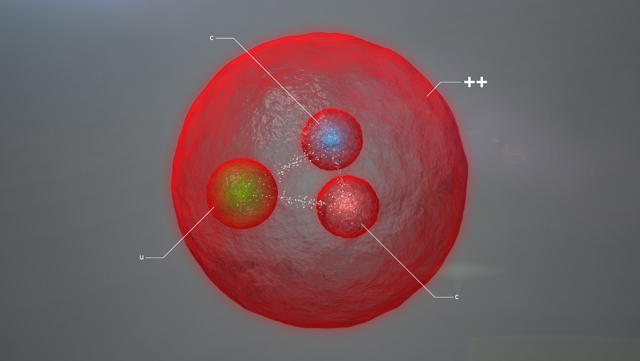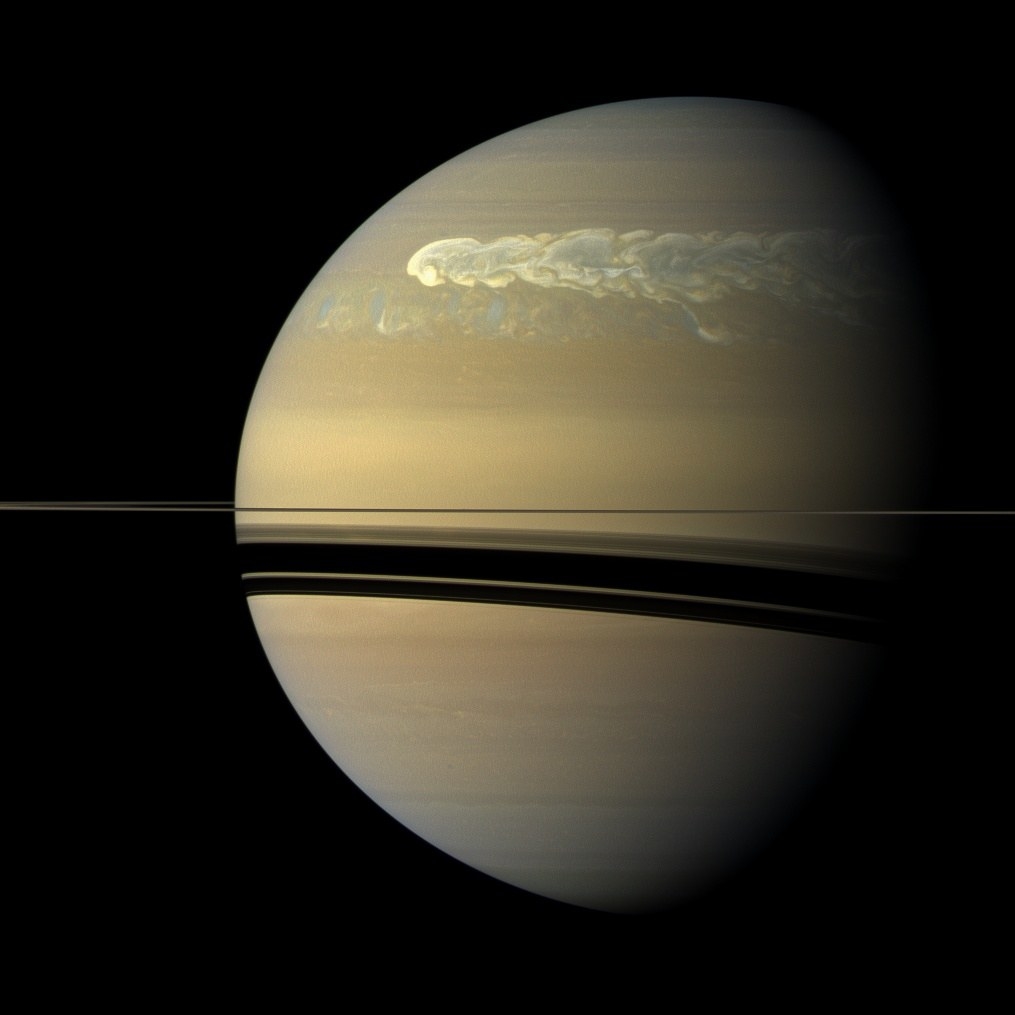Katie Mack, assistant professor of physics at North Carolina State University:
“In August, a consortium of gravitational wave detectors – the two LIGO instruments in the US and VIRGO in Italy – alerted astronomers to the fact they had detected a collision of neutron stars, the massive, compact remnants of distant suns. Within minutes, telescopes around the world were searching the sky for a corresponding flash of light. Over the following hours and days, telescopes on every continent, and some in orbit, had seen the burst of radiation and its afterglow. The data are still being analysed, but already we've learned about stellar explosions, the origin of elements, and the nature of gravity itself.”

Karen Masters, reader in astrophysics at the University of Portsmouth:
“This year will go down in the memories of astrophysicists as the year detecting cosmic objects by their gravitational wave signal became almost routine. It's really quite extraordinary that we went from the first detection being the biggest physics news of 2016 to subsequent detections in 2017 barely making the news.
“Not all of the 2017 detections were routine. We heard lots about the first detection with three arrays, which proved that 'triangulation' (comparing signals in three different locations) works, and we heard about the first signal to coincide with an electromagnetic bang. But very little was said about gravitational wave detections number three and four (aka GW170104 and GW170608), made when black holes 20 and 30, and 7 and 12 times the mass of our sun merged and sent ripples through the fabric of space-time.
“Just like their more newsworthy counterparts, we detected these gravitational waves with perhaps the most precise instrument ever built by humans. The fact this is now routine is simply amazing and delightful to me and my fellow astrophysicists. We have a new window on the universe, and we look forward to many more 'unremarkable' detections to come.”

Raychelle Burks, assistant professor of chemistry at St. Edward's University in Austin, Texas:
"How do we figure out if Thing A is really Thing A? We test it and compare the results to what's called a reference standard for Thing A, to see if it matches. Works like a charm! Except...when the standard is wrong. As an analytical chemist, this is my nightmare. And this year it actually happened for a pigment called Indian Yellow that has been used to authenticate works of art worldwide for years. Researchers revealed the reference standard spectrum wasn't true Indian Yellow, but a synthetic pigment created centuries after the true Indian Yellow first became popular with artists. Careful work by a group of scientists showed the reference standard spectrum's true colors and gave us spectrum data of the true Indian Yellow. This, I think, demonstrates what science and scientists can do – revise, correct, and help others do the same."
Helen Czerski, physicist and oceanographer at University College London:
“My favourite discovery of 2017 was the ‘Octlantis’, a patch of seafloor in Jervis Bay in Australia where octopuses seem to be leading a social existence. Octopuses are brilliant problem-solvers, but their intelligence has evolved entirely independently to our own. Our intelligence is often linked to our social behaviour, but the octopus is almost always a solitary creature, solving its problems in isolation. Octlantis is only the second ‘octopus city’ found, demonstrating that they can interact socially, and reminding us that we’ve got so much still to learn about this fascinating species. An octopus is probably the closest thing to alien intelligence that any of us will ever meet!”

Tara Shears, professor of physics at the University of Liverpool:
“It has to be the LHCb [Large Hadron Collider beauty] experiment's discovery of five new charm baryon particles. You wait for years to see something new and then five new particles come along at once! It's not the most groundbreaking of discoveries (we expected these particles to exist) and it isn't going to explain any of our really big mysteries. But it's so unusual to see one new particle, let alone five, and so thrilling to see more of the universe's internal structure revealed: an unexpected, beautiful moment that helps everything make a little bit more sense.”
Carolyn Porco, imaging team leader for NASA's Cassini mission at the Space Science Institute in Boulder, Colorado:
“One of my favorite discoveries from 2017 is one that comes from Cassini's grand finale and was announced at a meeting of the American Geophysical Union this month. During the very close orbits Cassini executed around Saturn before its plunge into the planet's atmosphere, the spacecraft could sense changes in the planet's gravity that it couldn't when it was far away. And the information that was collected from these last orbits has told us that the planet's interior is not undergoing uniform rotation but it is ‘differentially’ rotating or, as it's sometimes called, ‘rotating on cylinders’, like the sun. This result now answers a decades-long question about the internal structure and behavior of giant planets and it is gratifying to know that the conclusion of our 13+ years at Saturn ended with yet another one of the solar system's biggest mysteries explained.”

Upulie Divisekera, PhD student in chemical engineering, Monash University, Australia:
“This has been a big year in so many fields of science that it's hard to choose the most significant discovery. In 2017, gene therapy finally seems to be coming into its own. We saw the successful editing of a human embryo with the CRISPR/Cas9 technique, and the treatment of a painful skin condition through another method for gene editing using viruses. So you can edit disease-causing genes in an embryo, and treat an existing genetic condition. These are hugely significant advances in gene therapy, which so far has been largely unsuccessful, and sometimes fatal, in humans. While the research is encouraging, it raises many ethical questions, and gene therapy will require novel legislation and careful regulation.”
